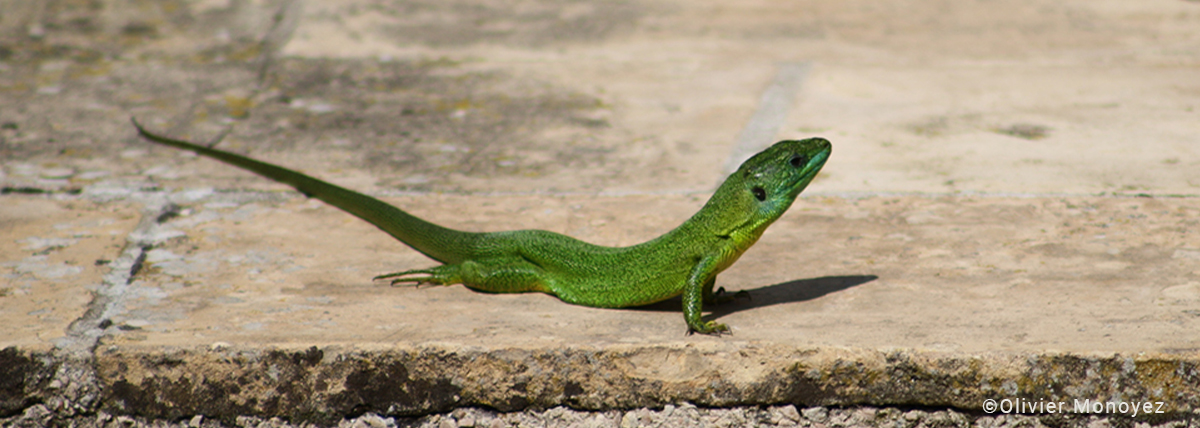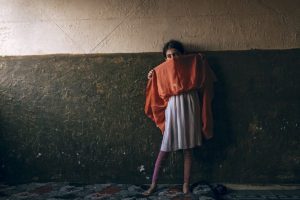
July 2022
AGENDA
Seminars
Love and care between humans: new interdisciplinary perspectives, Nathalie Zaccaï-Reyners, Claire Marin & Frédéric Worms.
At the heart of our ties to others, but also of our relationships to ourselves, we encounter an affective dimension that we relate to love. But what about now what we know about love for living and thinking about care? What do recent advances in neuroscience, in biology and ethology, in evolutionary anthropology, but also in the wake of research related to the ethics of care or empirical ethics, to the psychology of attachment, to recent debates tell us? in moral and political philosophy, in sociology and demography? What do literature, cinema and the visual arts teach us about the links between love and care?
The present and future of quantitative developmental biology – Jean-Léon Maître.
Embryonic development transforms the fertilized egg into a complex organism containing a multitude of cells with many identities and organized in space according to a pattern that is characteristic of a species. During the last 20 years, the study of embryonic development has benefited from the generalization of quantitative experimental techniques which allow more objectively to support the rules which govern the organization of the embryo. This conference brings together scientists who have recently founded their research group and who have participated in the democratization of quantitative approaches applied to the study of embryonic development. We will discuss animal morphogenesis, patterning and self-organization in different model organisms (worms, flies, fish, frogs, mice) but also in organoid systems. By promoting collaborations between these young research teams, these discussions will help structure developmental biology research in Europe for years to come.
Residential studies
Biology revisited – Guillaume Lecointre
Biologists perpetuate metaphors that are inadequate to the theoretical framework of biology today. Epistemology and pedagogy will together address the scientific relevance of a large number of metaphors in biology, and the authors of the book will offer examples of sentence rewriting, whether addressed to all audiences or to teachers at different school levels. Scientists will benefit from reflecting on the language pitfalls by which they themselves can produce conceptual errors, teachers will be helped to talk about biological phenomena most faithfully to the most recent framework of the general theory of evolution.
Residencies
Author’s residency : Beata Umubyeyi Mairesse
Her novel project : Le convoi (the convoy)
I want to write the story of the convoy that saved my life by allowing me to flee Rwanda in 1994. During the genocide against the Tutsi, a Swiss NGO, Terre des Hommes, managed to organize some exceptional humanitarian convoys in order to evacuate hundreds of children, mainly Tutsi, allowing them to escape certain death in Butare, my hometown.
Through this story, I would like to pay tribute to the handful of people who performed rare acts of humanity in these times of terror, to preserve the memory of the survivors, but also to tell my long journey to find the traces of some others. What is it to be a survivor? What value do we place on memory? Who tells what, how and when? Who are we saving and why? What possible recognition? What do the records say? So many questions and many more to which I hope to give, if not an answer, at least a perspective, by telling the story of the victims, humanitarian workers and journalists, but also of the genocidal authorities who found themselves in this convoy of 18 June 1994.
Photography Residency : Karine Pierre
Her project: The torn lands
Sabra – Beyrouth

From 1985 to 1987, during the ‘War of the Camps’, Gaza Hospital was targeted by the Shiite Amal party militias supported by the Syrian occupier. In 1988, the hospital was completely dismantled and the facilities looted or destroyed. Gradually, the hospital will house generations of Palestinian refugees and then Syrians escaping the conflicts, but also poor Lebanese workers as well as Egyptian, Moroccan and Bangladeshi migrants fleeing poverty. Former enemies for some, they now share the framework of the same dilapidated architecture with porous strata, combined by the necessities of extreme precariousness and promiscuity. There are formed by capillarity of transnational families, sometimes transcultural. In this sense, Gaza Hospital offers the iconography of a “survival” together, of a society which, if it sometimes remains economically staged, is gradually changing beyond origins and confessions. [learn more]
The Treilles research blog
Tutankhamun and Egyptomania in the 20th Century – Jean-Marcel Humbert.
Egyptomania is a phenomenon that reuses the components of ancient Egyptian art while adapting them to current tastes and modifying their symbols. Because of its popularity and its importance in the 20th century, it became interesting to study the part that Tutankhamun, after the discovery of his tomb in 1922, could have occupied in its development. However, while he has become, like Nefertiti, a major icon of ancient Egypt, it appears that if his personality played an important role in popular Egyptomania in the 1920s and during the exhibitions from the 1960s to the 1980s, it was, on the other hand, little exploited by architecture and other “Egyptian” art forms. [learn more]
